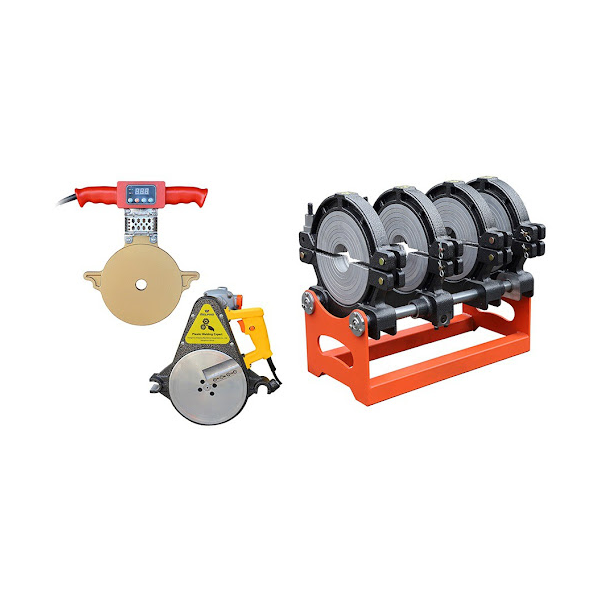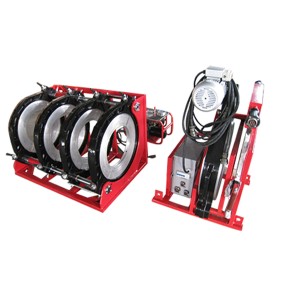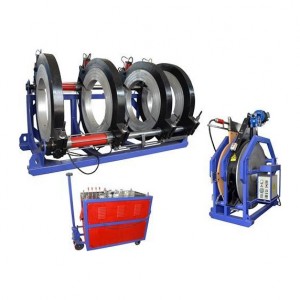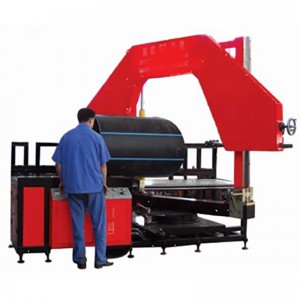The Essential Guide to Plastic Pipeline Welding Equipment: Types, Selection, and Best Practices
Introduction to Plastic Pipeline Welding
Welding plastic pipelines involves the use of specialized equipment to join plastic pipes securely, preventing leaks and maintaining the integrity of the pipeline. The process typically requires the application of heat and pressure to fuse the plastic materials together, creating a bond as strong as the original pipe material.
Types of Plastic Pipeline Welding Equipment
● Butt Fusion Machines: Ideal for creating strong, seamless joints by heating the pipe ends and pressing them together.
● Socket Fusion Tools: Used for smaller pipes, these tools heat and fuse the pipe and fitting together inside a socket.
● Electrofusion Equipment: Employs electric currents to heat and fuse pipes and fittings, suitable for tight spaces and repairs.
● Extrusion Welders: Handy for larger repairs or fabrications, extruding hot plastic to fill gaps or join components.
Selecting the Right Equipment
Choosing the appropriate plastic pipeline welding equipment is crucial for the success of your projects. Consider the following factors:
● Pipe Material and Diameter: Ensure the equipment is compatible with the types of plastic and size range of the pipelines you'll be working with.
● Project Requirements: Assess the scale and complexity of your projects. Larger projects may benefit from automated or semi-automated machines.
● Operator Expertise: Some machines require more skill and experience to operate effectively. Consider the training level of your team.
● Budget Constraints: Balance the cost of the equipment with the efficiency and quality it offers. Sometimes, investing in more advanced equipment pays off in the long run through faster operations and fewer errors.
Best Practices for Plastic Pipeline Welding
● Proper Preparation: Clean and prepare the pipe ends thoroughly before welding to ensure the best possible bond.
● Temperature Control: Adhere to the recommended temperature settings for the specific plastic material to avoid weak joints or damage.
● Pressure Application: Apply the correct pressure during the welding process to ensure a strong and durable bond.
● Cooling Time: Allow adequate cooling time under pressure after welding to solidify the joint properly.
Applications and Advantages
Plastic pipeline welding equipment is used in various applications, from municipal water supply systems to industrial chemical transport. The benefits of using high-quality welding equipment include:
● Durability: High-quality welds ensure the longevity and reliability of the pipeline system.
● Safety: Properly welded pipelines reduce the risk of leaks, which is crucial for transporting hazardous materials.
● Efficiency: Advanced welding equipment can speed up project completion times and reduce labor costs.
Conclusion
Understanding and selecting the right plastic pipeline welding equipment is essential for anyone involved in the installation or maintenance of plastic pipelines. By considering the types of equipment available, evaluating your project needs, and adhering to best practices, you can ensure the creation of strong, leak-proof pipelines that stand the test of time. As technology advances, staying informed about the latest equipment and techniques will help maintain a competitive edge in the industry.








